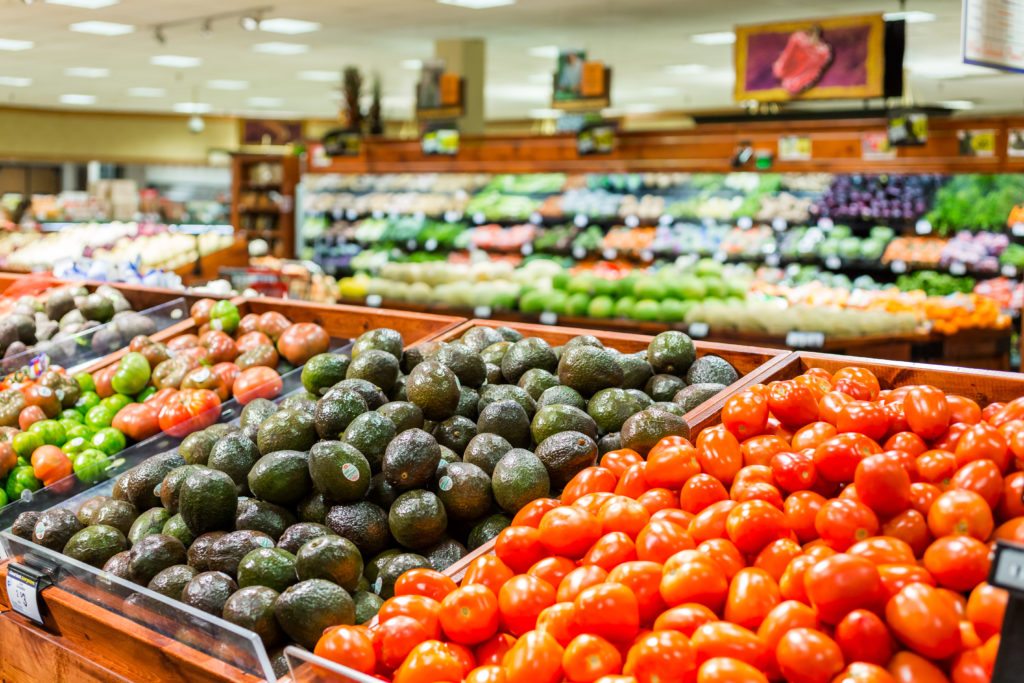 Fruits and vegetables are the cornerstone of many delicious recipes and are a crucial part of a healthy diet. When shopping for and storing these items, it’s helpful to know how to read price look-up (PLU) labels and to be aware of where the produce needs to be stored once you get home.
Fruits and vegetables are the cornerstone of many delicious recipes and are a crucial part of a healthy diet. When shopping for and storing these items, it’s helpful to know how to read price look-up (PLU) labels and to be aware of where the produce needs to be stored once you get home.
Understanding Price Look-Up (PLU) Codes
The inception of PLU codes in 1990 by the International Federation for Produce Standards (IFPS) has helped grocers identify produce more easily, make check-out more efficient, and has provided a better inventory control system. A PLU code consists of either a four or five digit numerical code used to identify produce based on variety, size, and group. Occasionally, PLU codes might contain an additional prefix placed in front to identify organic or genetically-modified produce.
Here is what you will notice on a sticker:
- Produce with a four digit code in the 3000-4999 range, represents items that have been conventionally grown. This means that the produce has come in contact with pesticides, fertilizers, or herbicides.
- A five digit code that begins with a prefix of nine, means that the produce was organically grown. For example a conventionally grown banana will have the code 4011, but if it has been grown organically the code will read 94011.
- Occasionally, items will have five or more numbers in their PLU code and begin with number eight. These items are newly introduced produce that has either been genetically modified or is a type of produce that is not recognized by the IFPS.
Knowing PLU code distinctions is helpful when shopping for items on the Dirty Dozen and Clean Fifteen lists. These lists are updated annually and provide current information about produce with the highest and lowest amounts of pesticide residue based on analysis from the U.S. Department of Agriculture.
Properly Storing Produce After Purchase
A general rule of thumb for storing produce is to keep fruits and vegetables separate. Therefore, dedicate a specific refrigerator drawer for each of these two categories. Additionally, an easy way to determine where your produce needs to be kept is to consider where it was found in the store. Items found in cool storage in the grocery should be placed in the refrigerator, and items found at room temperature should be kept on the counter or in a cool, dark place. However, depending on ripeness of the produce, you may want to take steps to either accelerate or delay ripening.


.png?width=1278&name=HHS-company%20logo-final%20(1).png)